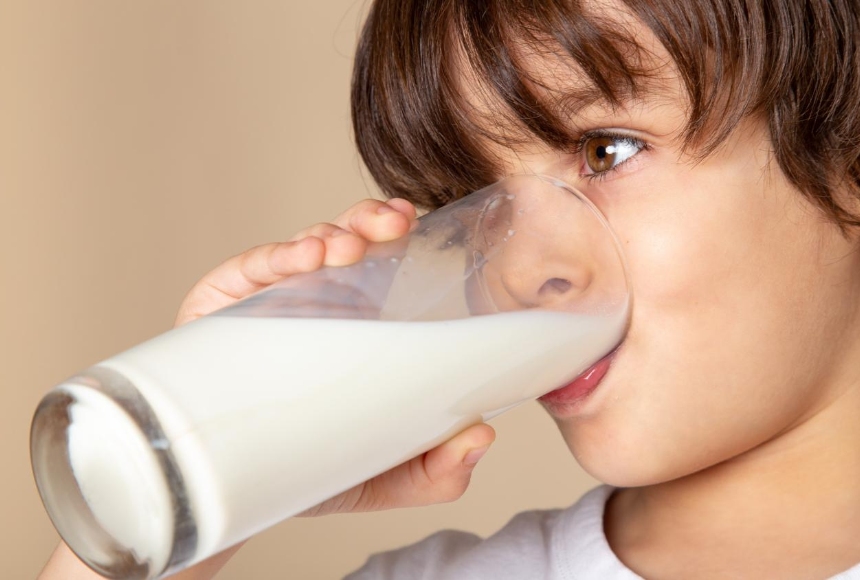Industry Information
Apr. 14, 2025
You pour milk into your morning coffee, add it to cereal, or drink it straight from the glass—but have you ever paused to wonder what’s actually in that carton? While milk is often celebrated as a "natural" product, modern dairy processing frequently involves additives to enhance safety, texture, shelf life, and nutritional value. Let’s break down the science behind these ingredients and address the big question: Are they safe?

Milk additives fall into specific categories based on their roles. Below are the most widely used types, along with their chemical names and purposes:
1. Emulsifiers and Stabilizers
Mono- and Diglycerides: These fatty acid derivatives prevent fat separation in homogenized milk, ensuring a smooth consistency.
Carrageenan (E407): Extracted from red seaweed, this thickener stabilizes protein-fat interactions in low-fat or flavored milks (e.g., chocolate milk).
Guar Gum (E412): A plant-based polysaccharide that improves texture and prevents sedimentation.
2. Vitamin Fortifiers
Vitamin D3 (Cholecalciferol): Added to boost calcium absorption, especially in regions with limited sunlight exposure.
Vitamin A Palmitate: Often included in skim milk to replace fat-soluble vitamins lost during fat removal.
3. Acidity Regulators
Sodium Citrate (E331): Maintains pH balance in processed dairy products like cheese or shelf-stable milk, preventing spoilage.
Potassium Phosphate (E340): Stabilizes proteins during ultra-high-temperature (UHT) processing.
4. Preservatives
Nisin (E234): A natural antimicrobial peptide used in some flavored milks to inhibit bacterial growth.
Lysozyme (E1105): An enzyme derived from egg whites, occasionally used in specialty dairy products.
5. Flavor Enhancers
Vanillin: A synthetic version of vanilla extract, added to flavored milks for aroma and taste.
The short answer: Yes—when used legally and in approved amounts. Regulatory bodies like the U.S. FDA and the European Food Safety Authority (EFSA) rigorously evaluate additives for toxicity, setting strict Acceptable Daily Intakes (ADIs). For example:
Carrageenan: Approved globally but debated in niche studies. The FDA considers it safe for use in milk, though some research suggests degraded forms (not used in food) may cause inflammation.
Synthetic Vitamins: Vitamins D3 and A are added at levels that align with dietary guidelines, posing no risk to most consumers.
Emulsifiers: Mono- and diglycerides are metabolized like natural fats, making them harmless in typical quantities.
Critics argue that cumulative exposure to multiple additives could pose risks, but no conclusive evidence supports this for dairy products. The key is moderation—consuming milk as part of a balanced diet rarely exceeds ADI limits.

Additives in milk serve practical purposes, from preventing spoilage to enhancing nutrition. While debates about specific ingredients (like carrageenan) persist, regulatory oversight ensures they’re safe for the majority. If you’re concerned, check labels for terms like “organic” or “additive-free,” as these products often minimize synthetic additives.
Ultimately, understanding what’s in your milk empowers you to make informed choices—without unnecessary fear. After all, chemistry isn’t the enemy; it’s the tool that keeps your glass of milk fresh, nutritious, and consistently creamy.
Tianjin Chengyi International Trading Co., Ltd.
8th floor 5th Building of North America N1 Cultural and Creative Area,No. 95 South Sports Road, Xiaodian District, Taiyuan, Shanxi, China.
+86 351 828 1248 /
Navigation
